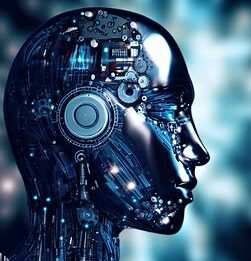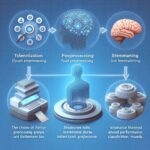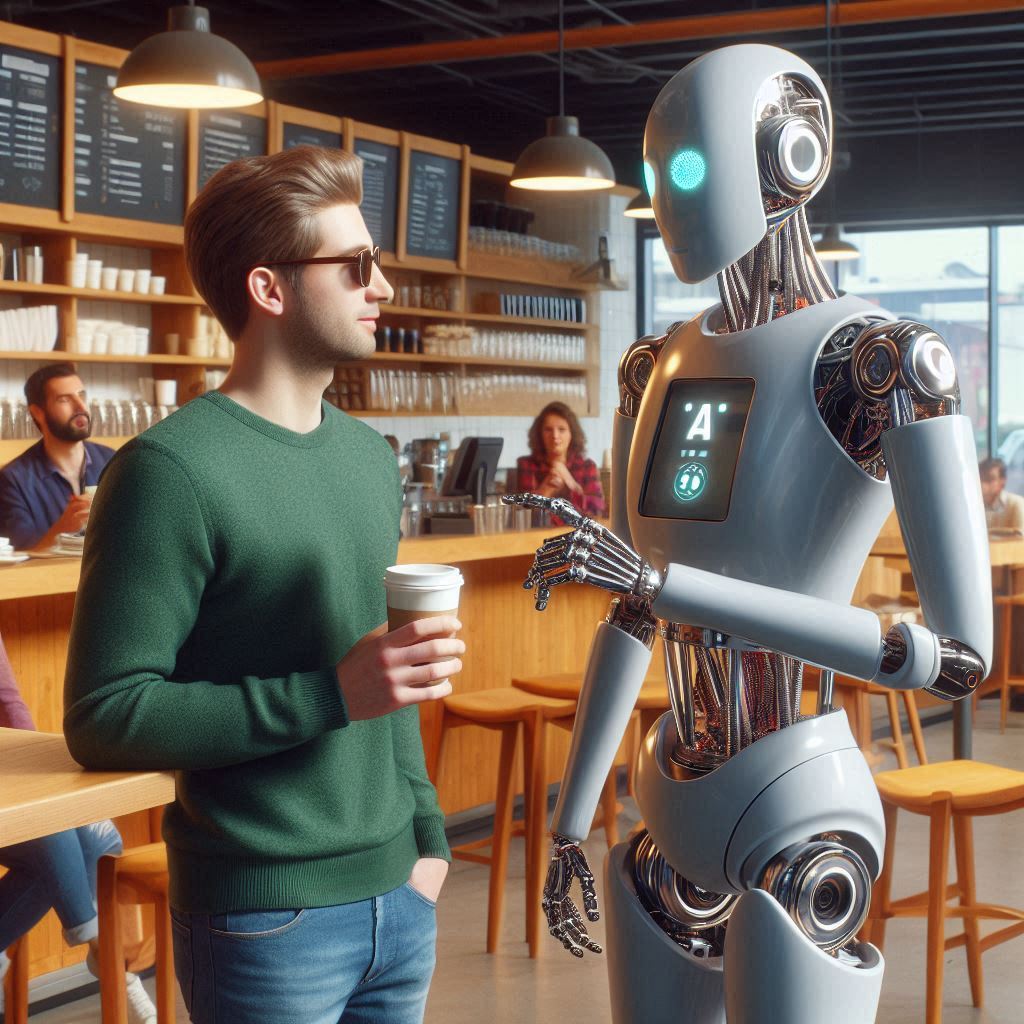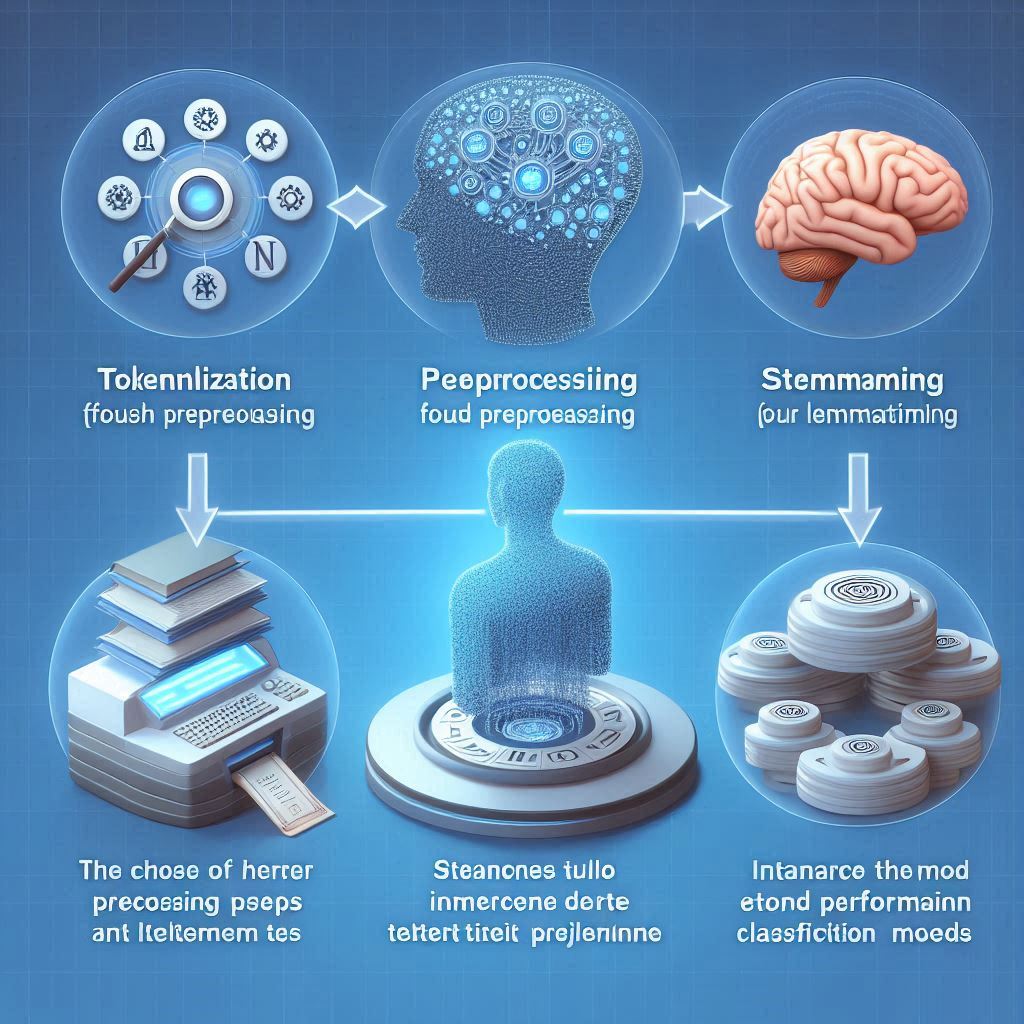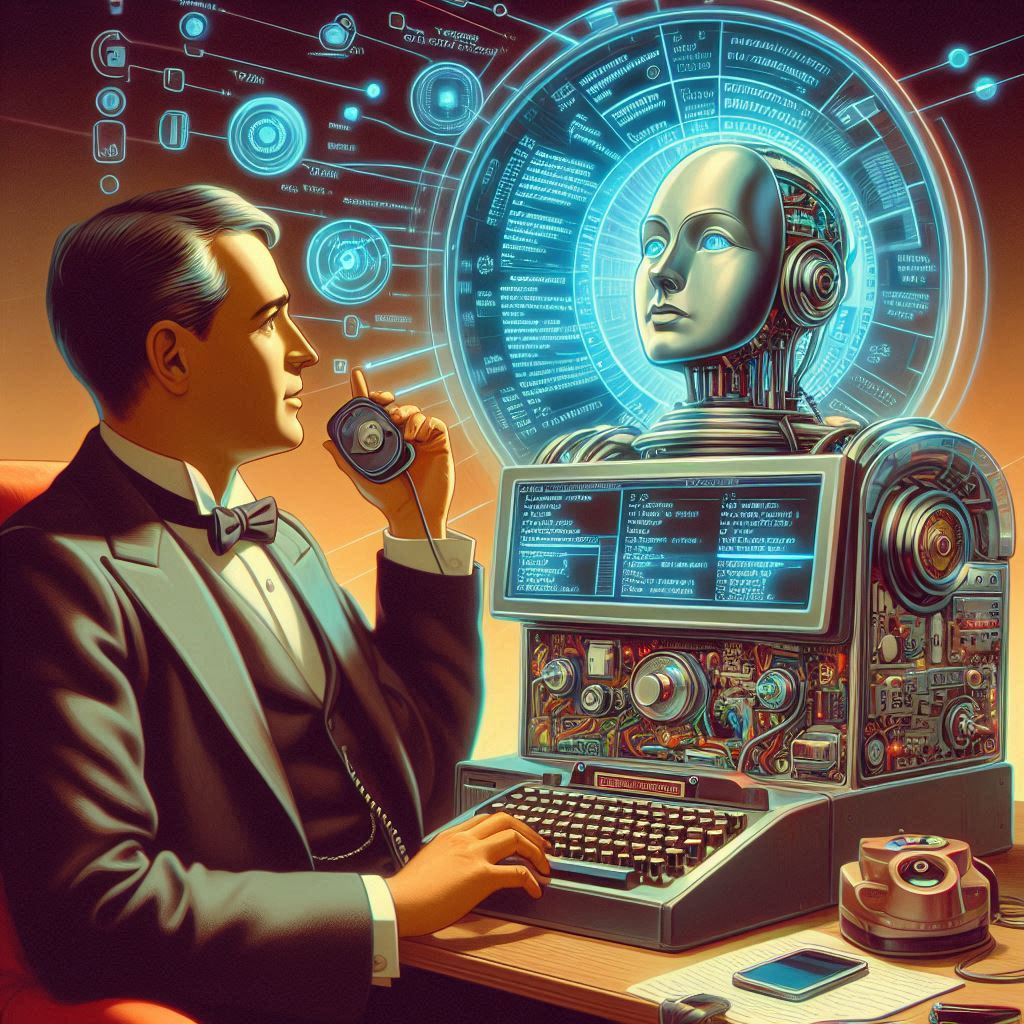Reinforcement Learning in AI Defined
Artificial intelligence (AI) is a rapidly growing field of computer science that has been used to solve complex problems in a variety of industries. One of the most promising subfields of AI is reinforcement learning, which uses algorithms to create an artificial agent that can learn from its environment and make decisions based on the feedback it receives. In this article, we’ll explain what reinforcement learning is, how it works, and what types of problems it can solve. We’ll also discuss the components of reinforcement learning, such as the environment, agent, reward, and policy. Finally, we’ll provide some examples of reinforcement learning in action.
What is Reinforcement Learning?
Reinforcement learning is a type of machine learning that enables an agent to learn from its environment through trial and error. Unlike supervised learning, which uses labeled data to train an agent, reinforcement learning does not require labels. Instead, the agent learns by taking actions and receiving rewards or punishments based on those actions. Over time, the agent learns which actions are more likely to result in rewards and which are more likely to result in punishments.
How Does Reinforcement Learning Work?
Reinforcement learning is based on a simple concept: an agent takes an action in an environment, receives a reward or punishment, and then learns from that experience. This process is repeated until the agent learns the optimal behavior for the environment.
This is similar to the concept of operant conditioning, as described by B.F. Skinner.
The agent interacts with the environment in a loop, known as the reinforcement learning loop. In each iteration, the agent takes an action, the environment responds, and the agent receives a reward or punishment. The agent then updates its policy based on the reward or punishment it received. This process is repeated until the agent converges on the optimal policy.
What is the Difference Between Supervised and Reinforcement Learning?
The main difference between supervised and reinforcement learning is that supervised learning requires labeled data, while reinforcement learning does not. In supervised learning, the agent is trained on labeled data, which means that the agent knows what the correct output should be for each input. In reinforcement learning, the agent does not have any labels and must learn from its environment by taking actions and receiving rewards or punishments.
What are the Benefits of Reinforcement Learning?
One of the main benefits of reinforcement learning is that it can be used to solve complex problems that are difficult to solve using traditional methods. Because the agent can learn from its environment, it can adapt to changing conditions and learn to optimize its behavior. Additionally, reinforcement learning can be used to create autonomous agents that can make decisions without human intervention.
What are the Challenges of Reinforcement Learning?
Reinforcement learning is a powerful tool, but it is not without its challenges. One of the biggest challenges is that it can be difficult to design an effective reward system. It can also be difficult to design an environment that is complex enough to allow the agent to learn from it. Additionally, reinforcement learning can be computationally expensive, as the agent must take many actions before it converges on the optimal policy.
What Types of Problems Can Reinforcement Learning Solve?
Reinforcement learning can be used to solve a variety of problems, including robotics, natural language processing, and game playing. It can also be used to optimize complex systems, such as traffic control systems or medical diagnosis systems. Additionally, reinforcement learning can be used to create autonomous agents that can make decisions without human intervention.
What are the Components of Reinforcement Learning?
The components of reinforcement learning are the environment, agent, reward, and policy. The environment is the environment in which the agent is learning. The agent is the artificial agent that is learning from the environment. The reward is the feedback that the agent receives for taking an action. The policy is the set of rules that the agent follows when taking an action.
What is the Role of the Environment in Reinforcement Learning?
The environment is the environment in which the agent is learning. The environment provides the agent with information about the state of the world and the rewards or punishments associated with taking an action. The environment also provides the agent with a set of possible actions that it can take.
What is the Role of the Agent in Reinforcement Learning?
The agent is the artificial agent that is learning from the environment. The agent takes an action in the environment and then receives a reward or punishment based on that action. The agent then uses this feedback to update its policy and learn the optimal behavior for the environment.
What is the Role of the Reward in Reinforcement Learning?
The reward is the feedback that the agent receives for taking an action. The reward helps the agent learn which actions are more likely to result in rewards and which are more likely to result in punishments. The reward also helps the agent learn the optimal behavior for the environment.
What is the Role of the Policy in Reinforcement Learning?
The policy is the set of rules that the agent follows when taking an action. The policy is updated based on the feedback the agent receives from the environment. The goal of the policy is to maximize the reward the agent receives for taking an action.
What are Some Examples of Reinforcement Learning?
Reinforcement learning has been used to solve a variety of problems, including robotics, natural language processing, and game playing. For example, Google’s AlphaGo program used reinforcement learning to beat a professional Go player. Additionally, reinforcement learning has been used to create autonomous vehicles, such as self-driving cars.
Artificial Intelligence: Reinforcement Learning Defined in Summary
Reinforcement learning is a type of machine learning that enables an agent to learn from its environment through trial and error. Unlike supervised learning, which requires labeled data, reinforcement learning does not require labels. Instead, the agent learns by taking actions and receiving rewards or punishments based on those actions. The components of reinforcement learning are the environment, agent, reward, and policy. Reinforcement learning has been used to solve a variety of problems, including robotics, natural language processing, and game playing.
